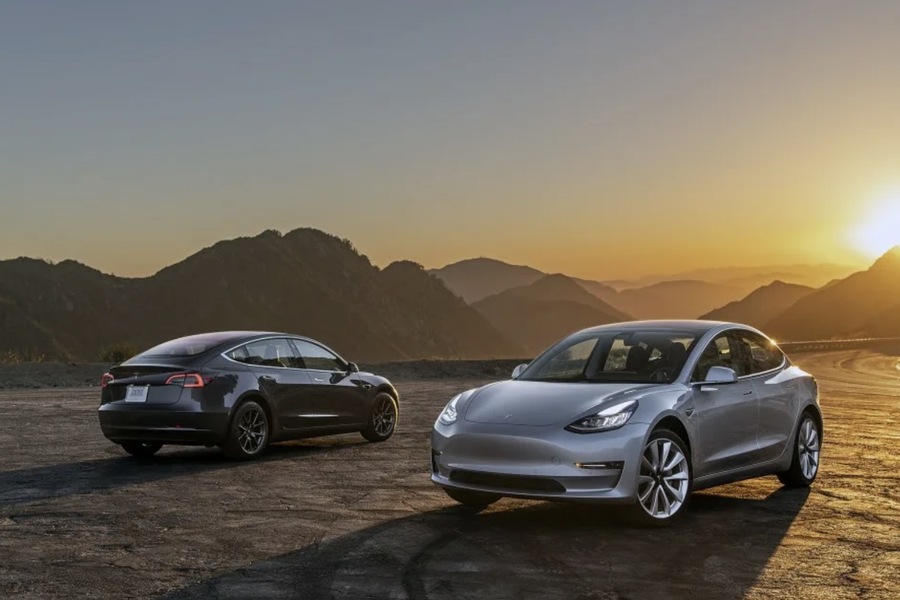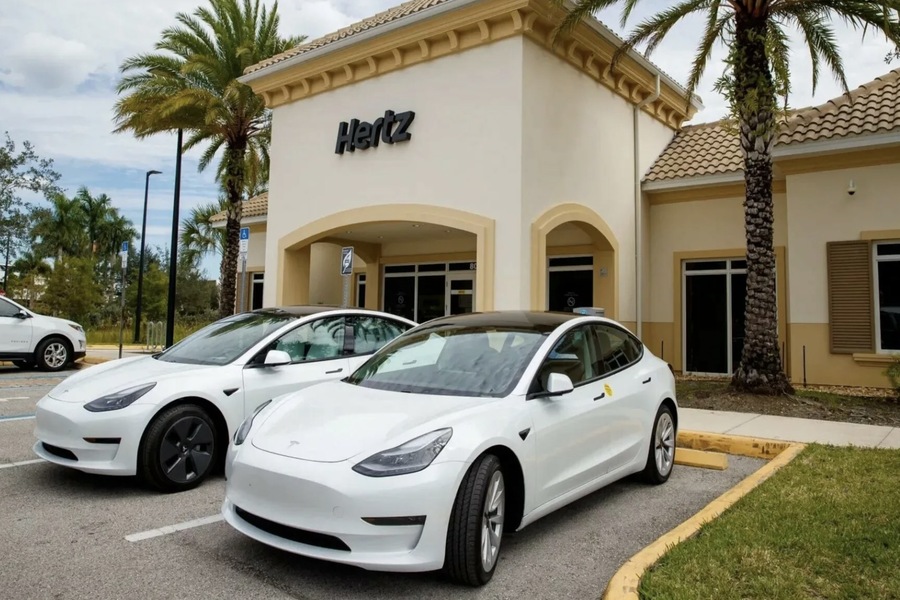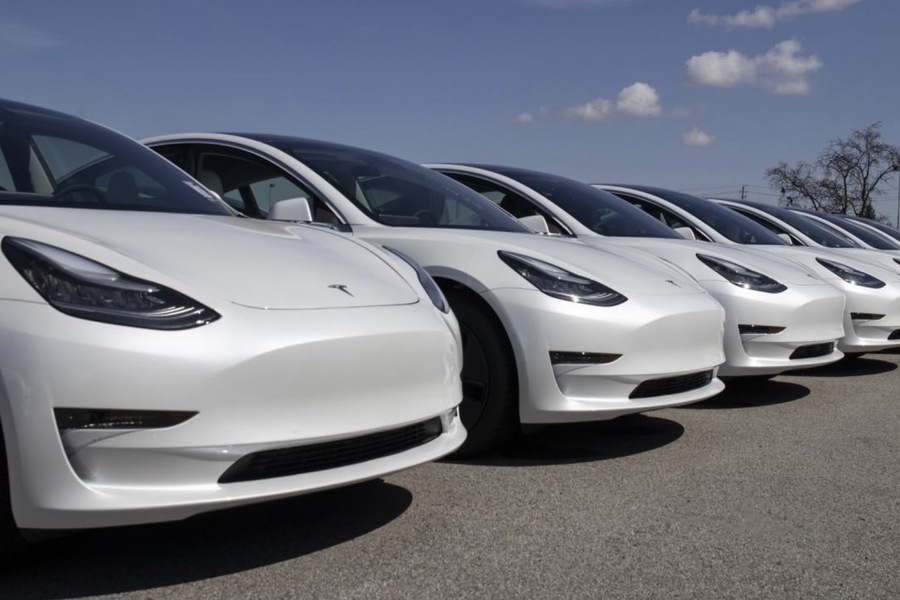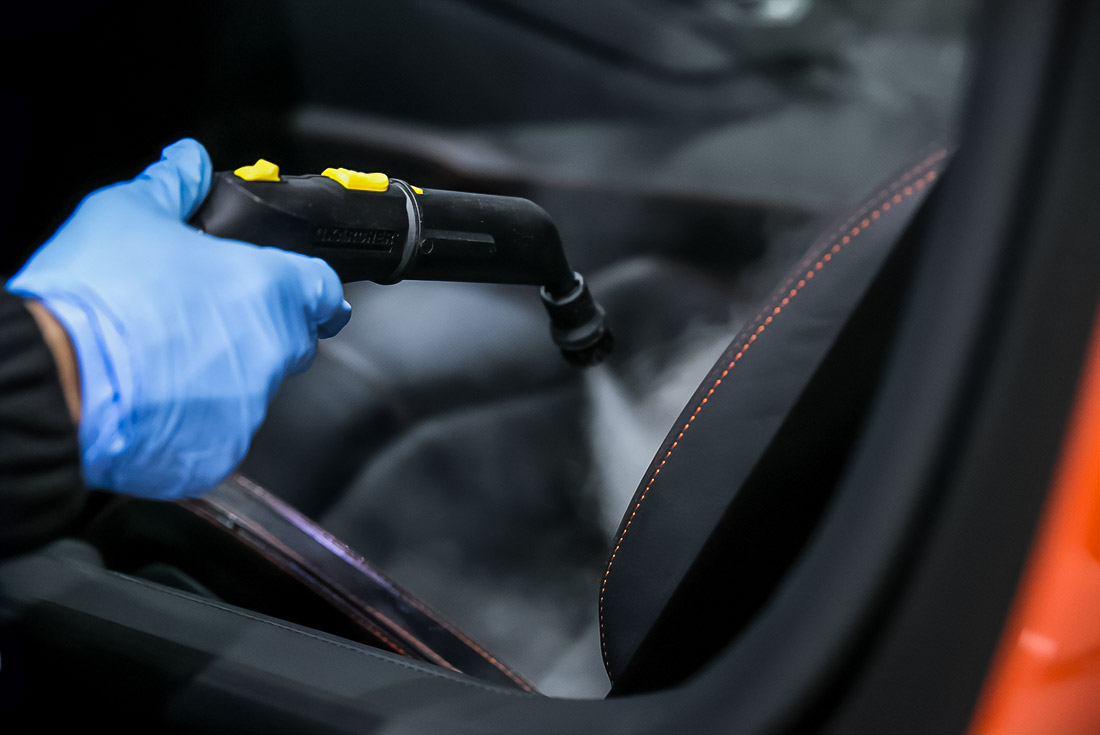Australia’s car rental market has experienced a shift in recent years, with electric vehicles (EVs) such as Tesla gaining popularity alongside traditional luxury car rentals. This trend reflects broader changes in consumer preferences, where environmental considerations and technology are becoming more important factors in purchasing decisions. But how does a Tesla rental stack up against traditional luxury vehicles in terms of value, convenience, and suitability for Australian driving conditions? This article delves into the key aspects to consider when choosing between Tesla and traditional luxury car rentals, providing a comprehensive guide for Australian drivers.
Understanding the Value Proposition of Tesla Rentals
Renting a Tesla offers a unique value proposition that combines cutting-edge technology, zero-emission driving, and innovative features. Teslas are equipped with advanced infotainment systems, autopilot capabilities, and unparalleled acceleration. In the Australian market, where fuel prices are often high, the electric nature of Tesla vehicles can translate to significant savings, especially for long-distance travelers. Moreover, Tesla’s network of Superchargers and the increasing availability of charging stations across Australia make them a convenient option for intercity travel. The cost-effectiveness and sustainability of Teslas can appeal to eco-conscious renters, making them a popular alternative to traditional luxury cars.
Evaluating Cost Efficiency: Fuel vs. Electricity
When comparing the rental costs of a Tesla versus a traditional luxury vehicle, it’s essential to factor in the expenses associated with fueling. Conventional luxury cars, such as Mercedes-Benz or BMW, generally have higher fuel consumption rates, especially in models with large engines. According to the Australian Bureau of Statistics (ABS), fuel prices in Australia have been volatile, leading to increased operational costs for petrol and diesel vehicles. On the other hand, Tesla vehicles rely on electricity, which is generally cheaper and more stable in price. Using the Australian Government’s Energy Made Easy calculator, renters can estimate the potential savings of choosing an electric vehicle over a traditional luxury car.

Environmental Impact: Zero Emissions vs. Carbon Footprint
One of the key advantages of renting a Tesla is the zero-emission nature of the vehicle. Traditional luxury cars, even those with hybrid engines, still produce CO2 emissions, contributing to air pollution and environmental degradation. In Australia, where cities like Sydney and Melbourne are working to reduce their carbon footprint, driving a Tesla aligns with these sustainability goals. Furthermore, the Australian government has introduced incentives and rebates for EV users, making Tesla rentals a more attractive option for eco-conscious drivers. Choosing a Tesla can therefore offer more value to those prioritizing environmental sustainability.
Performance and Driving Experience: Electric Power vs. Internal Combustion Engines
The driving experience is a crucial factor when choosing between a Tesla and a traditional luxury car. Tesla vehicles are known for their immediate torque and quick acceleration, providing a smooth and responsive driving experience. Their electric powertrains offer near-instantaneous power delivery, making Teslas particularly suited for city driving and highway cruising. In contrast, traditional luxury vehicles like the Audi A8 or Lexus LS rely on internal combustion engines, which may provide a different kind of driving pleasure characterized by the sound of the engine and refined handling. Ultimately, the choice depends on personal preference and the type of driving experience one is seeking.
Technology and Innovation: Tesla’s Autopilot vs. Traditional Car Features
Tesla’s Autopilot and Full Self-Driving (FSD) features are significant differentiators compared to traditional luxury vehicles. Autopilot allows for semi-automated driving, including lane-keeping and adaptive cruise control. While many luxury brands offer advanced driver assistance systems, they often lack the integration and continuous updates provided by Tesla. This makes Tesla a leader in technology within the car rental industry. Australian roads, with their unique conditions and driving patterns, present an ideal environment to explore these features. Renters who value advanced technology and driver assistance systems may find greater value in choosing a Tesla.
Availability and Accessibility: Tesla vs. Traditional Car Rental Options
While traditional luxury car brands are widely available across Australia’s car rental agencies, Tesla rentals are becoming more accessible. Many companies now offer a variety of Tesla models, including the Model 3 and Model X, catering to different preferences and budgets. However, it’s important to consider the availability of charging infrastructure, particularly when traveling outside major cities. While Tesla’s Supercharger network is expanding rapidly, it may still be less extensive compared to petrol stations, which are ubiquitous across the country. Checking the PlugShare map for charging locations before embarking on a trip is recommended.
Maintenance and Reliability: Which Option is More Hassle-Free?
Electric vehicles like Tesla generally have fewer moving parts compared to traditional internal combustion engine cars, resulting in lower maintenance requirements. There are no oil changes, spark plugs, or exhaust systems to worry about, reducing the likelihood of mechanical issues during a rental period. However, traditional luxury cars have a long-standing reputation for reliability and build quality, and their parts and servicing are readily available across Australia. Before renting, it’s worth inquiring about the maintenance and reliability records of both options to ensure a hassle-free experience.
Navigating the Australian Market: Rental Prices and Popularity
In Australia, Tesla rentals are gaining traction, particularly in major cities such as Sydney, Melbourne, and Brisbane. The daily rental prices for a Tesla Model 3 typically range from AUD 150 to AUD 300, depending on the rental duration and service provider. In comparison, traditional luxury cars like the BMW 5 Series or Mercedes E-Class can range from AUD 200 to AUD 400 per day. Given the rising popularity of EVs and the growing Tesla community, some rental companies are even offering discounted rates for long-term Tesla rentals to encourage more customers to experience electric vehicles.
Charging Infrastructure in Australia: Supporting the Rise of Tesla Rentals
The availability of charging stations is crucial for the growth of Tesla rentals in Australia. While traditional fuel stations are widely available, EV drivers need to plan their routes more carefully. Tesla’s proprietary Superchargers and third-party charging networks such as Chargefox and Evie Networks are expanding rapidly, making interstate travel more feasible. The Australian Government’s National Electric Vehicle Strategy aims to support the rollout of charging stations across the country, further improving accessibility for Tesla renters.

Insurance Considerations: EV Coverage vs. Traditional Rental Policies
When renting a Tesla or a traditional luxury car, understanding the insurance coverage and associated liabilities is essential. EV rentals may come with different insurance policies compared to petrol or diesel vehicles. Some insurers offer specialized EV coverage that includes battery and charging equipment protection. For traditional luxury cars, insurance policies might emphasize different aspects, such as theft or damage to high-value parts. Clarifying the insurance terms and conditions with your rental provider and reviewing the policy’s inclusions can help avoid unexpected costs during your rental period.
Future Trends: How Tesla Rentals are Shaping the Australian Market
The increasing adoption of Tesla rentals indicates a broader shift towards sustainable and technologically advanced mobility options in Australia. With more rental companies like Dream Car Rental adding EVs to their fleets, consumers have greater flexibility in choosing vehicles that align with their values and driving preferences. This trend is likely to continue as EV adoption increases and charging infrastructure becomes more robust. For renters looking to experience the future of driving, Tesla rentals present a unique opportunity to explore cutting-edge technology and environmental responsibility.
Conclusion
Choosing between a Tesla and a traditional luxury car rental ultimately depends on individual priorities and travel plans. For those who prioritize technology, sustainability, and cost-efficiency, renting a Tesla may offer greater value, especially in urban settings with readily available charging stations. However, for renters who prefer the traditional luxury experience with a focus on refined performance and availability, a high-end internal combustion engine car may be the better choice. As the Australian rental market continues to evolve, consumers will benefit from a wider range of options tailored to their specific needs and preferences.

he brings a blazing critical intelligence to bear as well as novelistic skills in assembling a great life of a great writer. I love this book.



